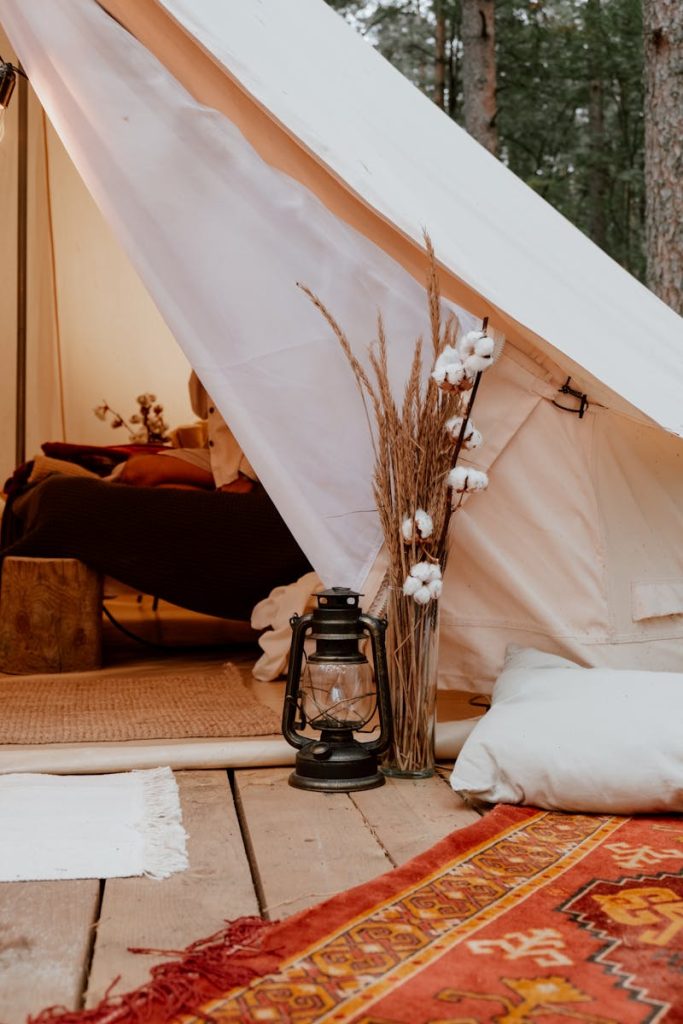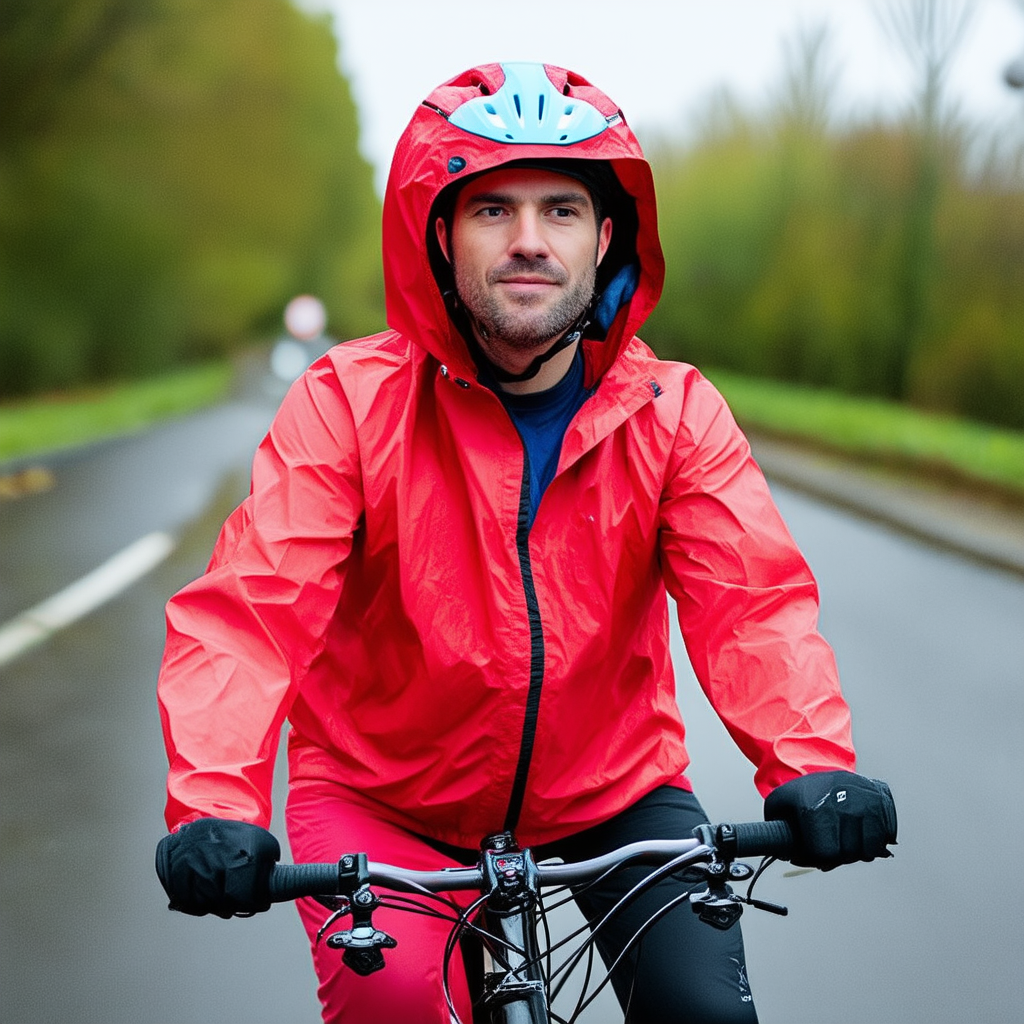Here is a 100-character meta description for your article: “Biking windbreakers keep you dry and warm on your next ride. Discover top-rated options from leading brands and learn how to choose the best one for your needs.” Keyphrase: “biking windbreaker” No special characters are used.
Here is a 200-word introduction for your article: When you hit the road on two wheels, a trusty biking windbreaker can make all the difference.
Whether you’re commuting to work or tackling a long-distance route, staying dry and warm is crucial. But what’s the best way to achieve this? Enter the humble windbreaker – a simple yet effective piece of kit that deserves its place in every cyclist’s wardrobe. A good biking windbreaker will keep you protected from the elements, while also providing ample ventilation to prevent overheating. In short, it’s the perfect companion for your next ride.
As we’ll explore in this article, there are many factors to consider when choosing the right windbreaker. From water resistance to packability, every detail counts. Whether you’re a seasoned pro or just starting out, knowing what to look for will help you make an informed decision and enjoy a more comfortable ride.In the following pages, we’ll delve into the world of biking windbreakers, exploring the key features and benefits that set them apart from other types of jackets. We’ll also share our top picks for the best windbreakers on the market today. So grab your bike and get ready to stay dry, warm, and comfortable – no matter what the weather brings!
Windproof Materials for Maximum Protection Against the Elements
Biking Windbreakers: Stay Dry and Warm on Your Next Ride **Windproof Materials for Maximum Protection Against the Elements** When it comes to biking windbreakers, choosing the right material is crucial for a comfortable ride.
Look for garments made from windproof materials that provide maximum protection against the elements. Gore-Tex, eVent, and similar technologies are excellent options. These membranes prevent water and air from penetrating the fabric, keeping you dry and warm. **Water-Repellent Coatings** In addition to windproof materials, look for water-repellent coatings on your biking windbreaker. These coatings help prevent moisture from seeping through the fabric, ensuring a dry ride.
Some windbreakers also feature breathable membranes that allow excess heat and moisture to escape, preventing buildup and discomfort. **Moisture-Wicking Fabrics** Moisture-wicking fabrics are another key component of biking windbreakers. These materials draw sweat away from your skin, leaving you feeling dry and comfortable.
When shopping for a biking windbreaker, consider the type of riding you’ll be doing most often. If you plan to ride in wet conditions, prioritize a garment with a waterproof membrane. **Full-Length Zippers** A full-length zipper can also be a valuable feature on your biking windbreaker. This allows for easy ventilation and temperature control while riding.
When choosing the right biking windbreaker, remember that proper fit is crucial. Make sure the garment fits comfortably and doesn’t restrict movement or visibility. In conclusion, investing in a high-quality biking windbreaker with windproof materials, water-repellent coatings, moisture-wicking fabrics, and full-length zippers will ensure a comfortable and enjoyable ride.
Water-Repellent Materials: What to Look for When Choosing the Best Windbreaker for Your Cycling Needs
Here is the section: When it comes to finding the perfect windbreaker for your cycling needs, water-repellent materials are a must-have.
First and foremost, look for a material that can withstand wet conditions without compromising breathability or moisture-wicking properties. Gore-Tex and similar technologies excel in this regard. Additionally, consider windbreakers with adjustable cuffs to prevent cold air from seeping in. Another crucial factor is the windbreaker’s level of water resistance. Opt for a garment with a high water-repellency rating, such as those with a hydrostatic head measurement of at least 10,000 mm. This will ensure you stay dry even in torrential downpours. Finally, don’t overlook the importance of ventilation and breathability. A good windbreaker should allow air to circulate while keeping rain out, making it an essential component for any cyclist’s wardrobe.
For optimal performance, choose a biking windbreaker that strikes the perfect balance between water repellency, breathability, and adjustability. Whether you’re riding through light drizzle or torrential downpours, this gear will keep you comfortable and dry.
The Essential Features of a Good Biking Windbreaker: What to Look for in Your Next Purchase
The Essential Features of a Good Biking Windbreaker: What to Look for in Your Next Purchase
When shopping for a biking windbreaker, it’s crucial to consider several key features to ensure you stay dry and warm on your next ride. First and foremost, look for a water-repellent treatment, such as Gore-Tex or similar technology. This will prevent rain from seeping into the fabric and keeping you cozy. Additionally, consider a windbreaker with a breathable membrane that allows moisture to escape while maintaining warmth. This is particularly important for cold-weather rides when sweat can quickly build up. Another essential feature is adjustable cuffs and hem. These allow you to customize the fit to prevent cold air from entering or warm air from escaping. A windbreaker with multiple pockets is also a bonus, providing ample storage space for your essentials while keeping them dry and secure. Finally, consider a windbreaker with reflective accents or bright colors to increase visibility on low-light rides.In conclusion, when selecting the perfect biking windbreaker, prioritize water-repellent treatment, breathability, adjustability, multiple pockets, and high-visibility features. By doing so, you’ll be well-equipped to tackle any ride, regardless of the weather.
Protective Gear Essentials for a Comfortable Cycling Experience
As you gear up for your next cycling adventure, don’t forget the importance of protective gear. A good windbreaker is essential to keep you dry and warm.
In addition to a helmet and knee pads, a biking windbreaker should be on your list. Windbreakers provide a water-repellent barrier against rain or spray from the road, keeping you dry and comfortable. Furthermore, they often have breathable membranes that prevent overheating.Look for windbreakers with adjustable cuffs and hem to ensure a snug fit.
In addition to these features, consider the fabric and weight of your windbreaker. A lightweight, water-resistant material is ideal for biking. Additionally, opt for a windbreaker with a DWR (durable water repellent) finish to enhance its rain-resistance.Finally, don’t forget to choose a color that provides high visibility, such as bright yellow or orange.
By incorporating these elements into your protective gear arsenal, you’ll be well-prepared to take on the roads and enjoy a comfortable cycling experience.


Check out our Road Trip Section!
Bike-Friendly Fabrications: Choosing the Right Waterproof Material for Your Biking Windbreaker
**Bike-Friendly Fabrications: Choosing the Right Waterproof Material for Your Biking Windbreaker** When it comes to creating a biking windbreaker, selecting the right waterproof material is crucial.
To begin with, consider the level of water resistance you need. For casual rides, a light rain may not be an issue, but if you plan to ride in heavy downpours or cross rivers, more substantial protection is necessary.
Waterproof materials can be broadly categorized into two types: membrane-based and coated.Membrane-based fabrics, such as Gore-Tex or eVent, feature a thin layer of membrane that prevents water from penetrating. These are ideal for wet conditions, but may not provide adequate breathability in warmer temperatures.
Coated fabrics, on the other hand, have a waterproof coating applied to the surface.These can be more breathable than membranes and suitable for milder weather. However, they may compromise on durability and water resistance.
When choosing between these options, consider factors such as breathability, weight, and ease of cleaning.In conclusion, selecting the right waterproof material for your biking windbreaker depends on your specific needs and preferences. By considering membrane-based or coated fabrics, you can create a garment that keeps you dry and comfortable during even the most unpredictable weather conditions.
Conclusion: Finding the Perfect Balance of Waterproofness and Breathability for Your Next Adventure Outdoors
Conclusion: Finding the Perfect Balance of Waterproofness and Breathability for Your Next Adventure OutdoorsSection
